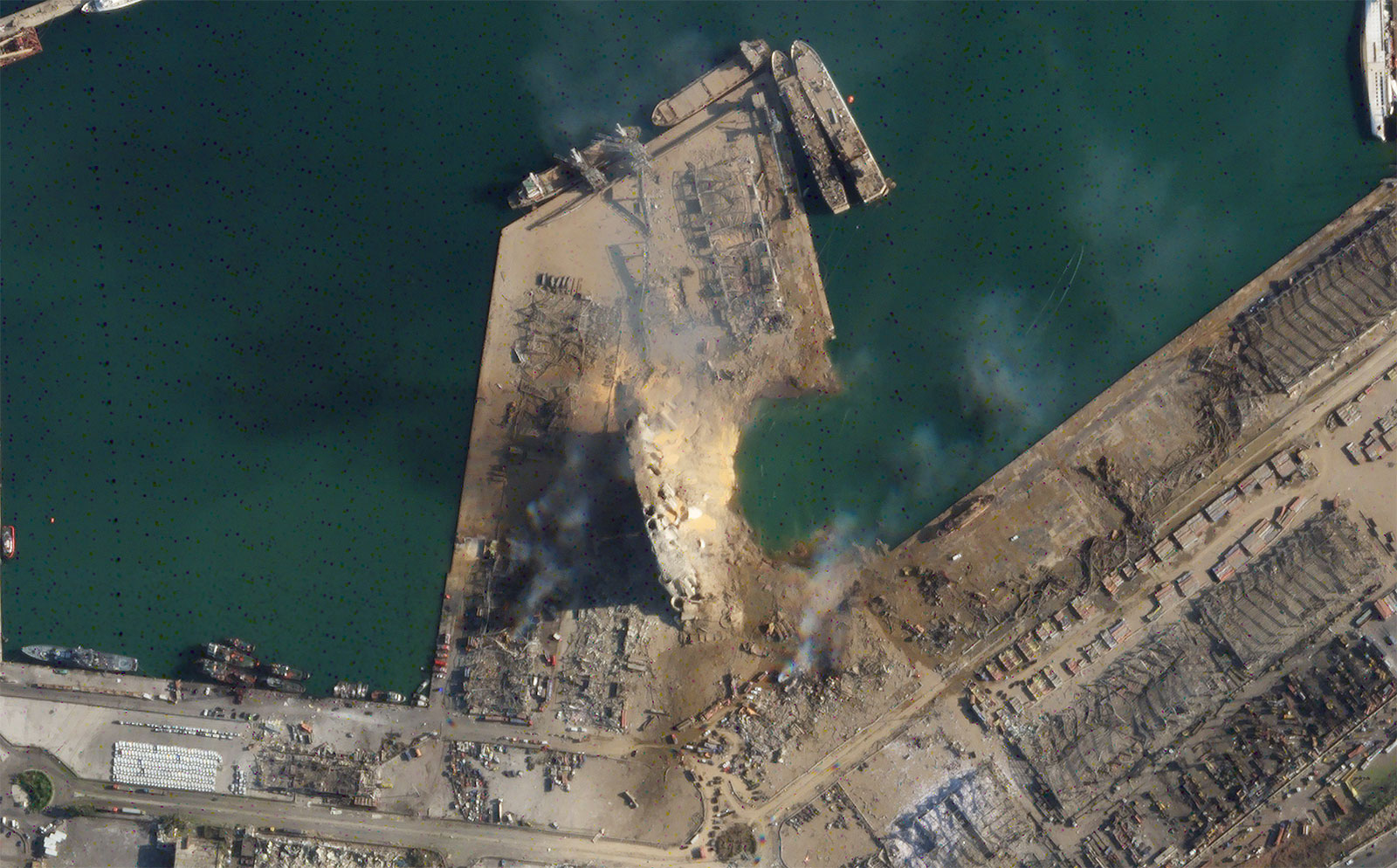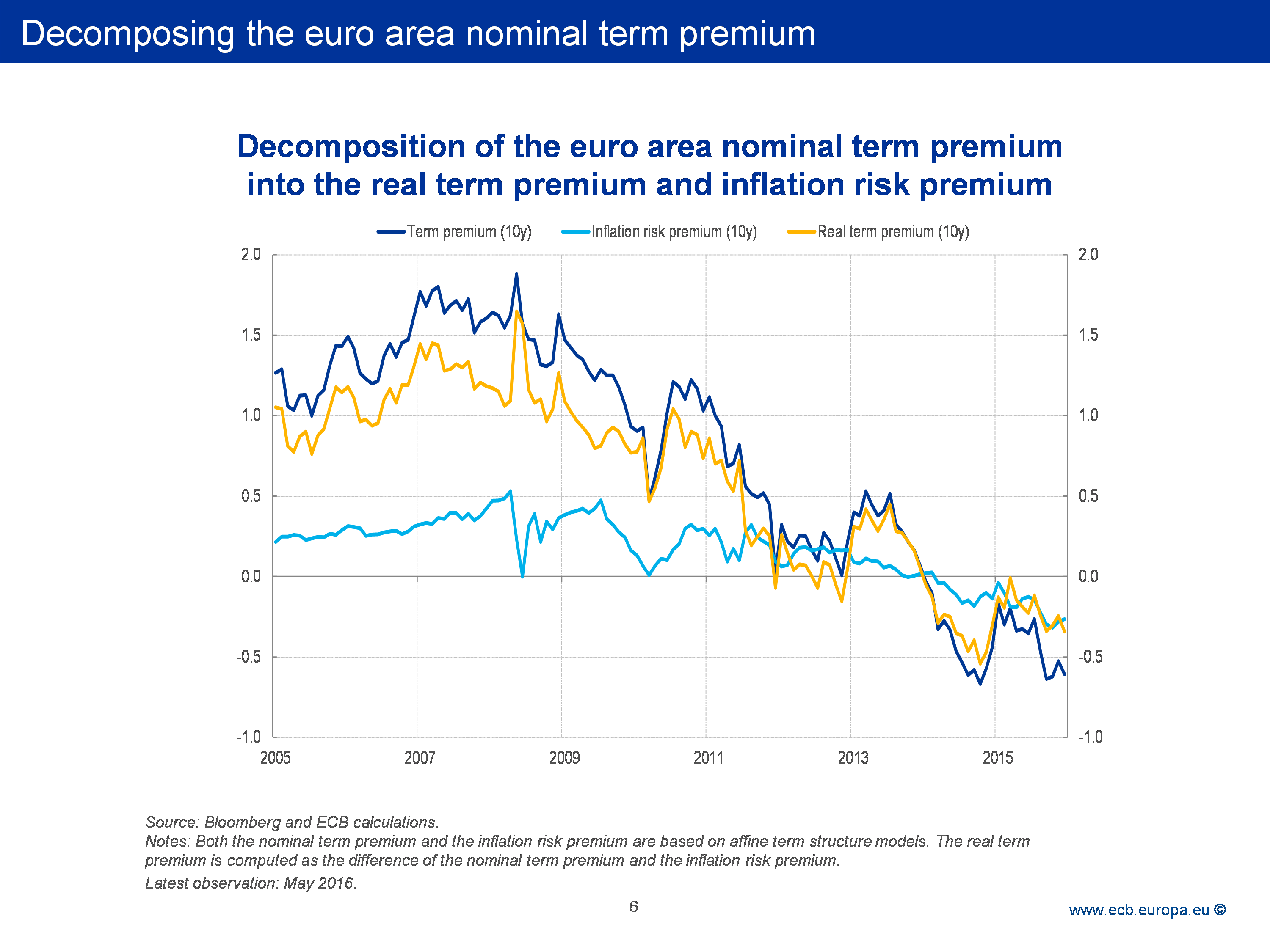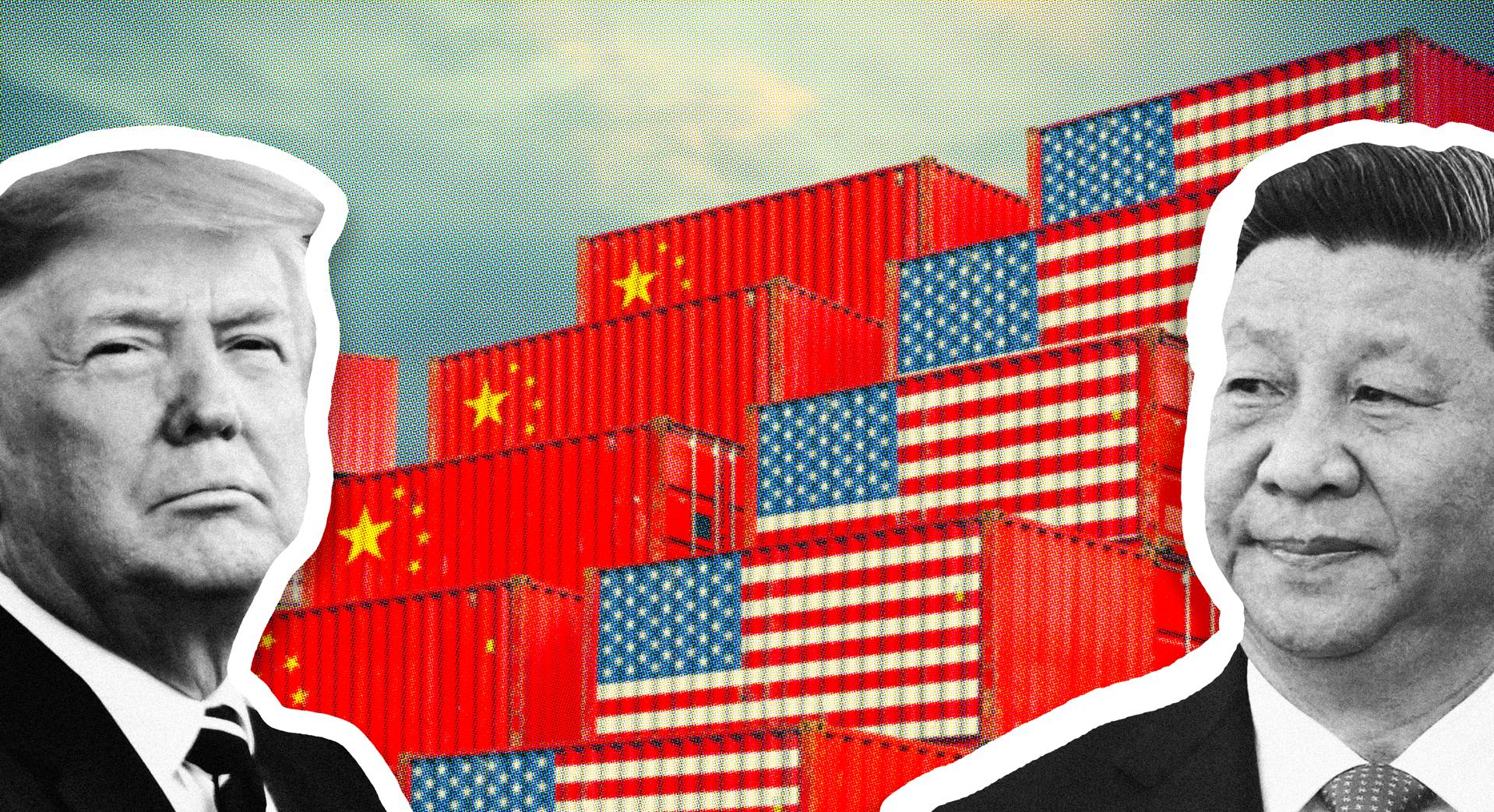Folks, brace yourselves. The situation unfolding at an Iranian port following a significant explosion is far from resolved. Government spokesperson Mohajerani confirmed today that the blast originated from containers stored at the port – containers potentially loaded with hazardous chemicals.
Let’s be clear: this isn’t some quick, easily solvable puzzle. The investigation is ongoing, but a definitive cause will remain elusive until the fire is completely extinguished. This isn’t about bureaucratic delays; it’s about ensuring accuracy and a professional assessment. We’re talking about potential chemical hazards, people!
Speaking of which, let’s unpack what these potential ‘hazardous chemicals’ signify. Containerized shipping is the backbone of global trade, carrying everything from consumer goods to vital industrial materials.
Often, these shipments do include chemicals, ranging from relatively benign compounds to highly dangerous substances. Identifying these materials post-explosion is crucial, not just for determining the cause, but for mitigating environmental and health risks.
The sheer complexity of port logistics adds another layer. Numerous parties are involved – shipping lines, terminal operators, customs officials, and more. Pinpointing exactly whose container was involved and how it got there requires meticulous examination of documentation and procedures.
Ultimately, this underscores the inherent risks in global supply chains. While massively efficient, these networks are vulnerable to accidents and, potentially, malicious actors. We need transparency, a thorough investigation, and, frankly, a dose of realism. Don’t expect instant answers – this will take time.







